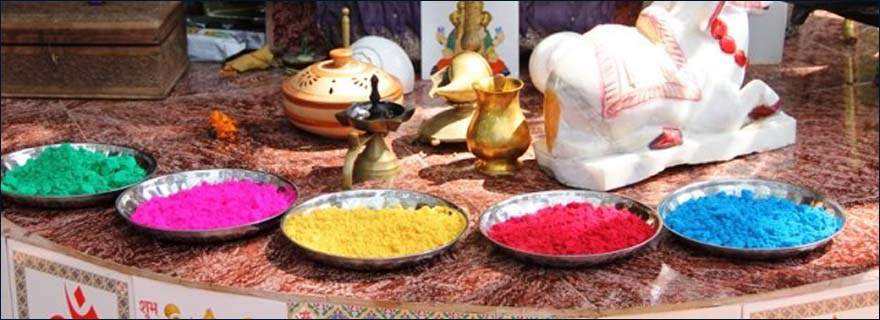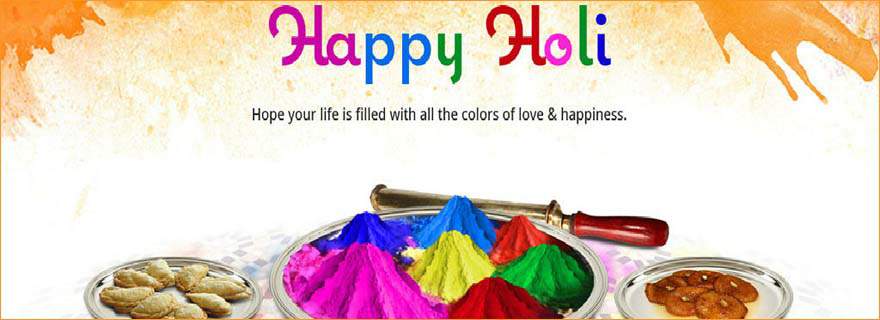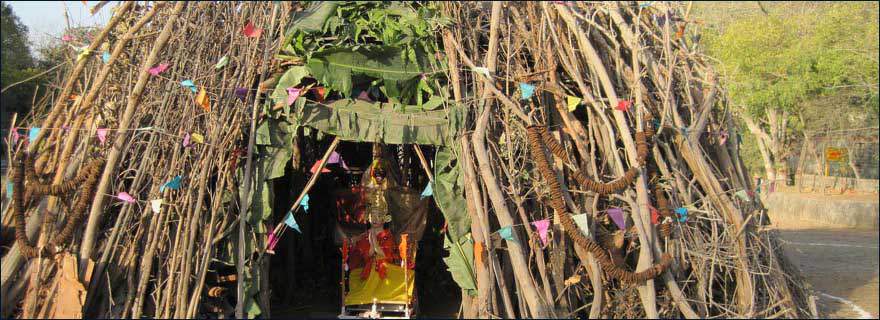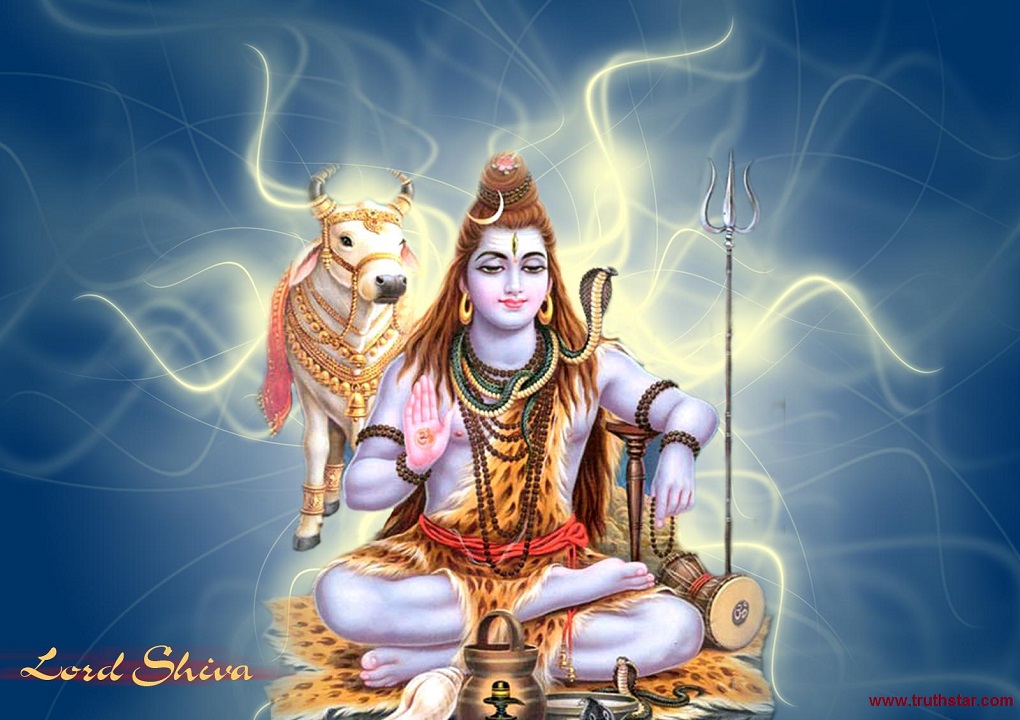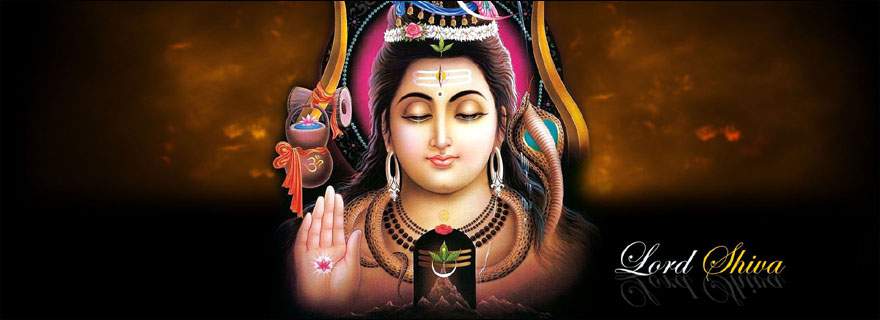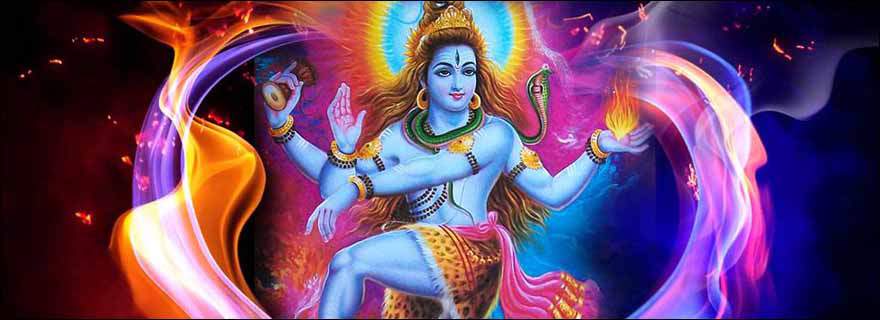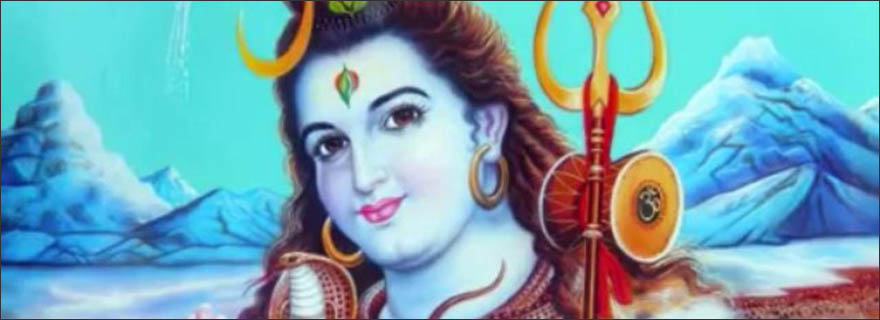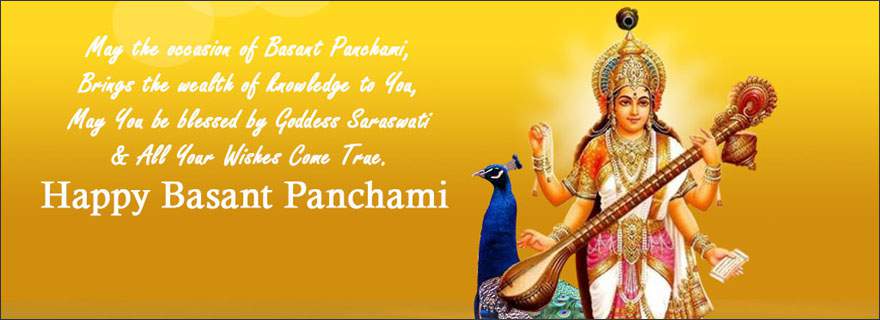Navratri Festival of Nine Nights
Navratri Festival- Navratri in 2023 will start on Sunday, 15 October 2023 and will continue for 9 days until Tuesday, 24 October 2023.
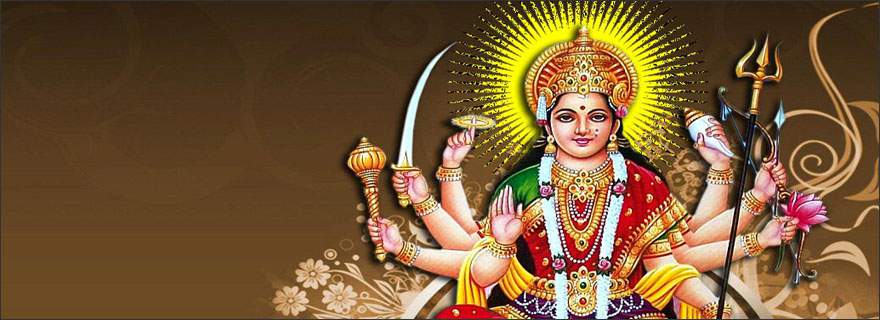
The Navratri commences on the first day (pratipada) of the bright fortnight of the lunar month of Ashwin. The festival is celebrated for nine nights once every year during the beginning of September, although as the dates of the festival are determined according to the lunar calendar, the Navratri Festival may be held for a day more or a day less.
The Durga prayers include selected Sholokas of Durga Saptashudi which are called Saptashaloki Durga and are recited by devotees daily. These sholakas have been included in Vijeshar Panchang:
Balaat Aakrsihya Mohaaya Mahaamaya Prayachhati
· Durgay Smritaa Harasi Bheetim Ashaisha Janto
Swasthai Smrita Matm Ateeva Shubhaam Dadaasi
Daaridra Dukh Bhaya Haarni Kaa Twadanya
Sarvopa Kaar Karnaya Sdaarda Chita
· Sarvamangala Mangalyai Shivaay Sarvartha Sadhikay
Sharanyai Trambikay Gauri Narayani Namastutay
· Sharnaagata Deenarta Paritraana Paraayanai
Sarva Syaarta Haray Devi Narayani Namostutay
· Sarvaswaroopay Sarvaishay Sarva-Shakti-Samanvitay
Bhayi-Bhyaa Traadhi No Devi Durgay Devi Namostutay
· Rogaan Ashaishaan Apahansi Tushtaa
Rushta Tu Kaamaan Sakalaan Abheeshtaan
Twaam Aashritaanaam Na Vipat Naraanaam
Twaam Aashritaa Hyaa Shrayataam Prayanti
· Sravaa Baadhaa Prashamanam Trilokya Syaa
Akhilaishwari Ayvam Ayva Twayaa
Karyam Asmay Vyri Vinaashanam
On the eighth day, regarded as “Ashtami”, most of the Hindus perform “Kanjak” in which they carry out pooja and hold a seating for girls (mainly seven in number) who they consider Goddess (Maa) in disguise.
Their feet are washed as a mark of respect for the Goddess and then they are offered new clothes as gifts by the worshipper. This ritual is performed in most parts of the country. Another important ritual of this festival is Shastra Ayudhi Puja wherein the most important article of the household is worshipped. In earlier days, the soldiers used to worship their weapons on this day.
The ninth day, which is called Ram Navmi, is again a day of traditional celebrations. On this day, havans are performed especially at temples dedicated to Lord Rama. Some of the Hindus also sow barley in a pot on first day of Navratra and keep it at a sacred place, they water it daily and offer prayers. The household keeps fast and taking meals one time only. On the ninth day, the barley plants are kept for display of the devotees as a symbolic image of Goddess Durga. These plants are later immersed in rivers. A good growth of plants symbolizes the acceptance of prayers by Goddess Durga and her happiness, which is sure to bring happiness and prosperity to those involved.
The devotee keeps fasts (vrat) until they spot the moon or by restricting their eating to one time only. This one time eating includes either proper meal (without garlic, onions and non-veg) or meal exclusively for navratras (without wheat flour and above mentioned eatables), etc.
This festival of Navratri is auspicious for all the Hindus in the world. This also paves way for the tenth day, also known as Vijaya Dasami (day of Victory over evils). This day is also known as Dussera which is significant to launch new activities or beginning of learning. It signifies the victory of good over evil. On this day, Lord Rama had killed Ravana (the demon). Thus this festival leads to another imperative festival signifying end of ills of society.
Navratri Remedies to Remove House disturbances and clashes between the Individuals
Celebrations
In Tamil Nadu, the first three days are dedicated to the worship of Lakshmi, Goddess of wealth and prosperity, wherein they perform puja, every night and regular cleaning is maintained all throughout because it is believed that Lakshmi would not enter if the place is filthy. The next three days to Saraswati, Goddess of learning and arts and the last three days to Shakti (Durga).
In Punjab, Navratri Festival is taken as a period of fasting. In Gujarat, the evenings and nights are occasions for the fascinating Garba dance. The women dance around an earthen lamp wherein centric goddess Durga is placed, all of them including males sing devotional songs accompanied by rhythmic clapping of hands. Garba is sign of happiness and relief from the demon, which was expressed in the earlier times by the people. Clapping is the form of thanking and giving gratitude to goddess Durga, as she had saved the entire world from the atrocities of the Mahisasur.
All the nine days of the ‘Navratri Festival’ females as well as males ,dress up in a very traditional manner, males wear kediyu (mini frilly frock with strings on sides) and females with choli and gareras with their dupatta’s covering their heads, after which they really look like Indian dolls. Covering of heads represent the females shyness from the males.
In northern India, the festival wears the colourful garb of Ramlila wherein various incidents from Rama’s life are enacted, as is the destruction of Ravana and Bharat Milap, that is the reunion of Ram and his estranged brother Bharat, on the former’s return to Ayodhya after 14 years of exile. In the Kulu valley in Himachal Pradesh, the hill- folk celebrate Dasara with a grand mass ceremony wherein village deities are taken out in elaborate processions. The Dasara of Mysore is also quite famous where caparisoned elephants lead a colourful procession through the gaily-dressed streets of the city. Like other festivals in the country, Dasara / Durga Puja is an occasion for festivities on a grand scale, which emanate a genuine feeling of bonhomie and warmth.
In West Bengal, Navratri is celebrated as ‘Durga puja‘ which is the most important festival in that part of India. Celebrations of Durga puja in Bengal are similar to celebration of Ganesh Chaturthi in Maharashtra. Idols of Goddess Durga are worshipped for nine days in beautifully decorated ‘pandaals’. It is a public festival. On the tenth day, the ‘Visarjan’ or immersion of idols in the sea is performed.
In various parts of India, the ‘Ram-Leela’ is performed during Navratri. Ram-Leela is a stage enaction of the Ramayana, the mythological book on Lord Rama. The day after Navratri, i.e. ‘Dussehra‘ ( tenth day) or ‘Vijayadashmi‘ is observed . It is believed that on this day, Lord Rama had killed the demon Ravana. So, on Vijayadashmi, effigies of Ravana are burnt all over India. It marks the victory of good over evil.
Divine Power
An Auspicious Time
Feasts of great variety and delicacy are offered to guests and family during the nine days.
For women, Navratri Festival is a time for shopping for new clothes and new pots. It is an auspicious time to buy gold or jewellery and the gold markets are open late each night. Women dress elaborately each day for the puja or rituals and nightly dances.

